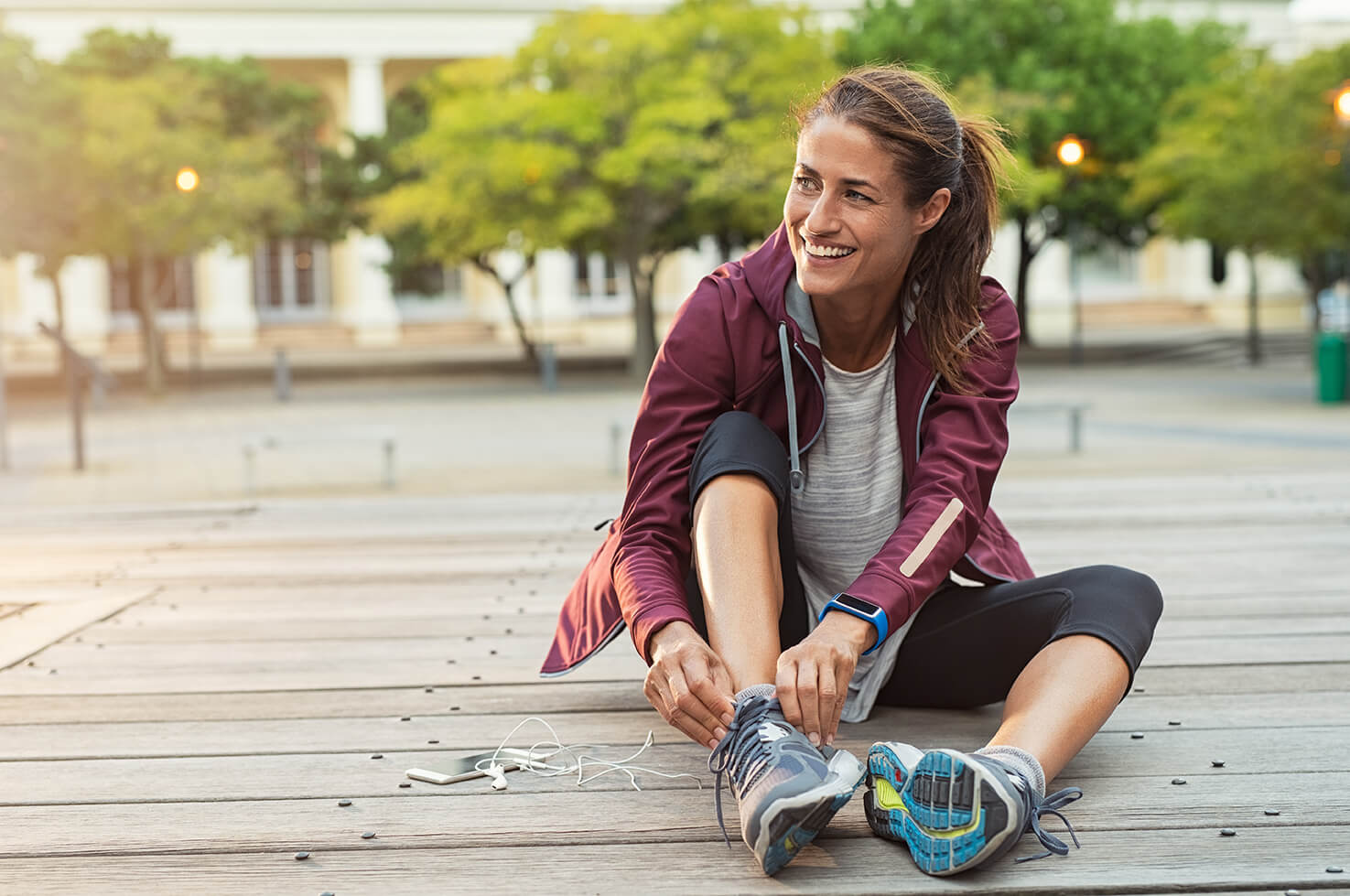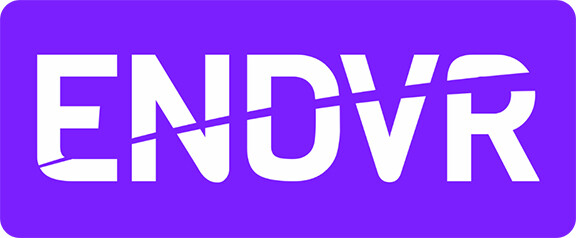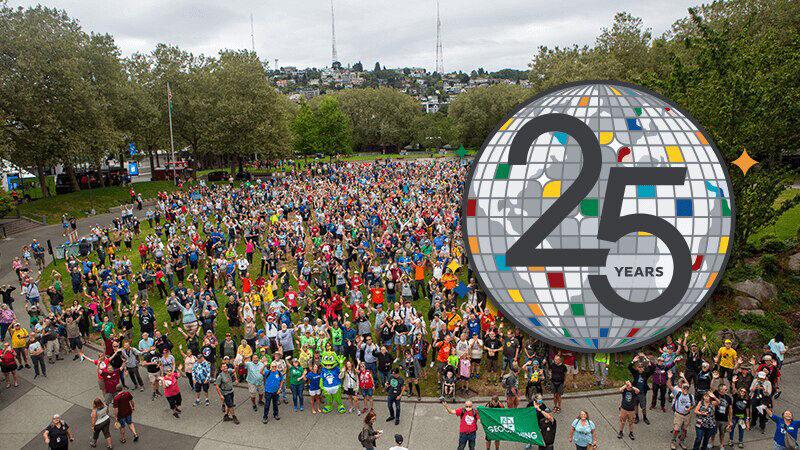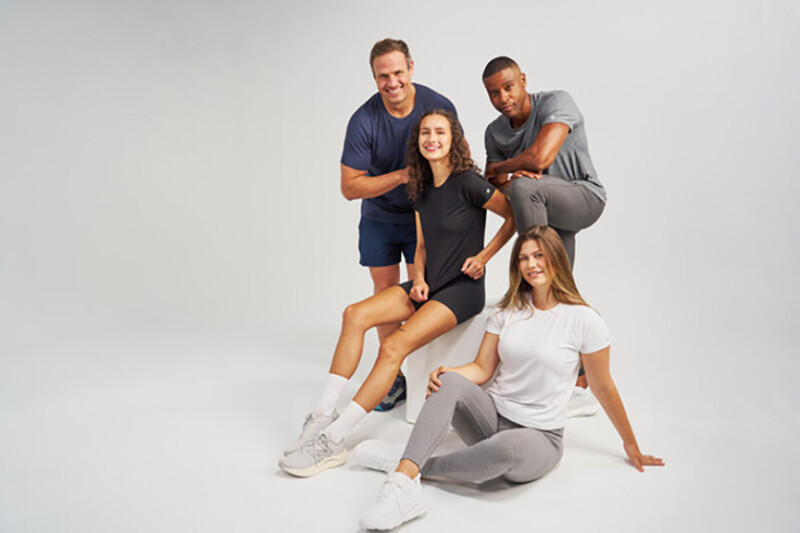As more female consumers exercise and prioritize their health, the activewear market is evolving through the development of new technologies that promise to boost comfort and performance while also addressing modern style, fit, functionality and sensibilities. Globally, the women’s activewear market was valued at $124.65 billion in 2017 and will be growing at a CAGR of 8.2 percent during the forecast period from 2018 to 2026, according to Credence Research. Helping to fuel this growth are increased participation in sports, more media coverage of women’s sports, interest in healthy lifestyles and increasing Internet penetration coupled with the growing popularity of online shopping.
In the U.S., it’s obvious that women’s activewear pieces such as leggings and tights have become wardrobe staples, easily crossing over from running and active sports to more leisurely pursuits such as a trip to the local coffee shop. The upshot is that the ever-broadening acceptance and appeal of women’s activewear isn’t going to vanish anytime soon. With that in mind, here is a look at eight major trends that are already having a transformative impact on the market.
- SUSTAINABILITY
Product and supply chain responsibility, marked by the use of sustainable and recycled materials as well as eco-friendly manufacturing processes, is a key trend now dominating discussions across the sporting goods industry. Innovations in this area will continue to gain traction worldwide, and many brands—including most of those featured in this article—view sustainability as a top priority.
“We are seeing exciting performance enhancements in recycled/sustainable fabrics. Examples include the expansion of specialty yarns in recycled content, improving performance and much lighter deniers,” explains Caroline MacMillan, design director at GoLite. For instance, GoLite’s ReFly shorts and skort are made with ReFly fabric comprised of 88 percent recycled poly and 12 percent Spandex, which is extremely lightweight, quick drying and moisture wicking, and saves multiple plastic bottles from ending up in landfills or oceans. For future collections, GoLite is looking at closed loop production that recycles mill and factory waste.
Sustainability is also at the core of the Icebreaker brand. “We’ve always had deep and transparent relationships with our suppliers. We offer an alternative to the synthetic apparel brands and aim to create performance product using natural materials,” says Chris MacDonald, senior global merchandising manager at Icebreaker. He is extremely bullish on the women’s activewear market, calling it “one of the most vibrant and diverse categories in apparel today.”
Sustainability has also informed major initiatives at New Balance, which is working to continuously increase the amount and percentage of fabrics it uses from post-consumer recycled materials. Sustainable dying methods and the use of recycled paper for hangtags are also part of the equation, and a significant portion of the brand’s 2020 apparel offering will use recycled materials.
- SUN PROTECTION
With rising awareness of the dangers posed by overexposure to the sun, many brands are working to develop apparel with built-in UV protection. Although the concept isn’t new, the technical fabrications and designs have advanced considerably over the past few years and continue to rapidly progress.
One of this category’s leaders is BloqUV, a 10-year-old business that has already seen 40 percent growth from 2018. “When we started the company, we couldn’t find lightweight, functional and stylish apparel with UV protection. Now it has become an important trend,” says Corina Biton, president of BloqUV. She notes that the company sends every batch of fabric to an independent lab where it is tested by batch, color, and wet and dry. The brand’s UV protection won’t wash out and it passes UPF 50. Moreover, BloqUV’s apparel can be used for multiple activities such as surf and swim since the pieces also provide full sun protection when wet. From a design standpoint, all of BloqUV’s women’s tops have hand covers because the tops of hands are the first to show signs of aging. This fall, the company will launch a kids’ collection as well as an expanded accessory offering that will include sun sleeves, bandanas and blankets.
Many other brands have also launched collections with sun protection. For example, LIJA, Sugoi and Zensah have each added such apparel to their assortments, and are continuing the R&D process. “UPF protection is definitely at the top of the trend list and something we ensure our collection offers,” notes Linda Hipp, President and Creative Director at LIJA.
- SEAMLESS TECHNOLOGY AND BODY MAPPING
With advances in fabric knitting and manufacturing, and with growing consumer demand for seamless apparel, body mapping is becoming more common. Not only does it work to improve fit, wick moisture and control heat, it is also eco-friendly because it reduces fabric waste. Brands such as SmartWool and Icebreaker both see multiple advantages in the technology.
“SmartWool’s focus on integrated anatomical and body-zoned garments are built for life in motion and capitalize on the need for zero waste production. Knit garments are a great example of naturally zero waste, as you are knitting just the parts of the garment from yarn that you need, not cutting it out of yardage,” says Sue Jesch, SmartWool’s Director of Design.
Chris MacDonald, Icebreaker’s senior global merchandizing manager, concurs. “Seamless technology allows body mapping and different knit structures and weights to create zones for breathability or warmth. Seamless can also help reduce wastage of fabric compared to traditional cut and sew.” He adds that Icebreaker has integrated a seamless NatureKnit technology into its SS20 training collection.
- OUTDOOR INFLUENCE
In the women’s active market, there is a rise in the crossover of running gear to outdoor activities. “The modern-day female athlete is always looking for ways to spice up her routine and workout, and we do see a strong love of nature and the outdoors continuing to trend, especially with our consumer,” says Evie Moe, product director at Cotopaxi. “When we are in the design process, we think about that need for function while running, as well as creating versatile product that can work well in any outdoor adventure.”
- VISIBILITY
For runners, being visible cannot be underrated, especially as more people are distracted with texting and the general use of technology. For this reason, Sugoi developed Zap Technology, a reflective application that utilizes glass beads to reflect light from cars. “We’re putting a big emphasis on our safety category. The Zap collection is a very important group of products for us and we will continue to develop it more in the future,” says Amelie Mathieu, Sugoi’s product line manager.
- FUNCTIONALITY AND VERSATILITY
These days, most everyone carries a phone, keys and a wallet, but what to do with all of this—plus perhaps a water bottle and snack—when on a run? Many brands now include a pocket or two in their apparel pieces, but FlipBelt is going the extra mile by integrating its popular FlipBelt multi-pocket design into cropped bottoms and shorts. “By integrating FlipBelt into a garment, we can offer a better fit, eliminate bounce, and provide extra hands-free security,” explains Keenan Gates, FlipBelt’s head of business development. “The new shorts and crops utilize bluesign approved fabrics, and although the garments are designed for runners, they are suitable for a wide variety of body shapes and are adaptable for everyday activities.” He also observes that as women’s activewear has become more ubiquitous, it is also becoming more multi-functional, overlapping from outdoor to running to golf, thanks to soft, technical fabrics. Looking ahead, the company plans to expand both its belt and apparel collections.
- COLOR AND SILHOUETTE
Because the women’s activewear market is large and crosses into multiple categories, there are many opportunities for brands to differentiate themselves aesthetically. However, there are a few overriding trends when it comes to color and silhouettes. For example, Edited.com reports that grays and whites are the most favored colors for new activewear products, accounting for 23 percent of the color palette, and also points to high-rise leggings as the most popular style for replenishments.
“Women are looking for base colors beyond black. I’ve seen a lot more dark blues, navy and olive colors trending. For pop colors, different tones of orange and yellow have been strong and moving into 2020, green will be a frontrunner,” reports LIJA’s Linda Hipp. “For silhouette trends, top lengths are getting shorter so crop tops abound for all sports—but that doesn’t necessarily mean showing skin.” Hipp also notes that cutout and laser-cut details, though not new, are also gaining prominence, and prints continue to be strong.
At New Balance, the emphasis is on clean, modern performance. “There was a point where everything was bright and even neon. Then color became more toned down. Now the emergence of bright is back but it is the usage of those colors that is important—unexpected color combos.
Having a balance between bright colors and more toned-down neutral shades is a focus for the design team,” says Mary Lawton, global PR manager at New Balance. “That contrast is important in making the sporty bright elements really stand out, be expressive and show through as special.”
- RESPONSIVE TEXTILES
While it’s important for active apparel to provide fit, function and style, the next step is for it to also boost performance and recovery. Rather than utilize compression, advances here rely on innovative fabric technologies.
Toward this end, Incrediwear has worked with physicians and professional athletic trainers to create what it calls “wearable anti-inflammatory therapy” in the form of performance pants and capris that are intended to reduce pain and injury, optimize recovery and improve performance. Unlike compression products, Incrediwear’s technology incorporates semiconductor elements within the fabric which, when stimulated by body heat, release negative ions. The negative ions activate molecular vibrations that increase blood flow and speed, hence optimizing the body’s natural healing process and accelerating recovery.
“While Incrediwear puts the focus on function, we acknowledge that part of an active lifestyle is incorporating activity into your daily routine. Incrediwear ensures our wearable anti-inflammatory therapy can go from the morning run to running errands to running a business seamlessly,” says Megan Russell, VP-marketing at Incrediwear. Looking ahead to the 2019-2020 season, the brand is focusing on an overnight recovery collection.
Under Armour is also investing in the category and recently launched UA Rush apparel made from an engineered mineral-infused fabric that promotes improved performance and energy return. In the technology, which was developed in partnership with Celliant, the minerals are broken down into active particles and are then melded together to form a proprietary blend. The blend is then infused into the fibers that are ultimately knit into the high-performance fabrics used in the collection. The fabric works by absorbing body heat and converting it into infrared energy that is re-emitted back into the body. This recycled energy increases temporary localized circulation, promoting improved performance, energy and recovery.
